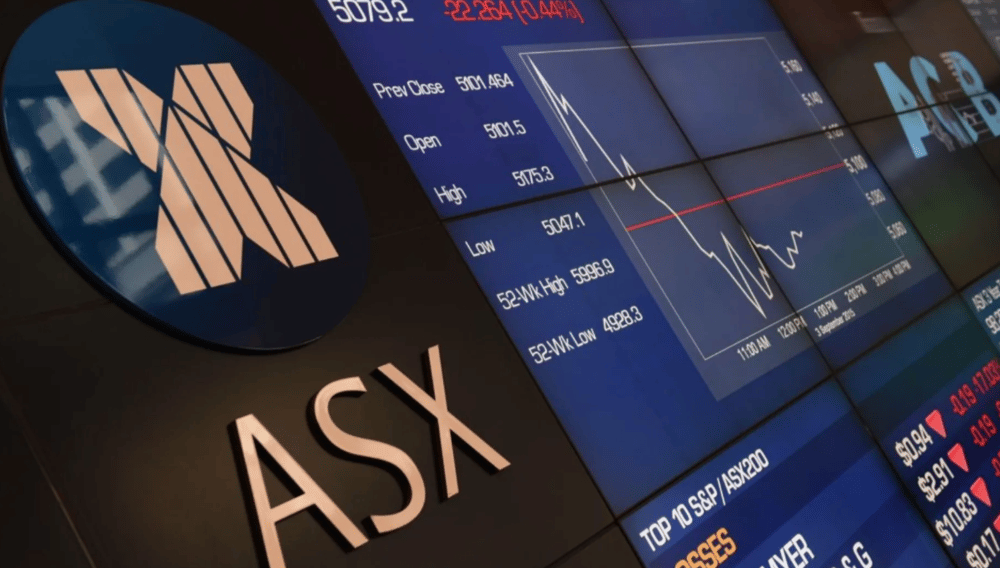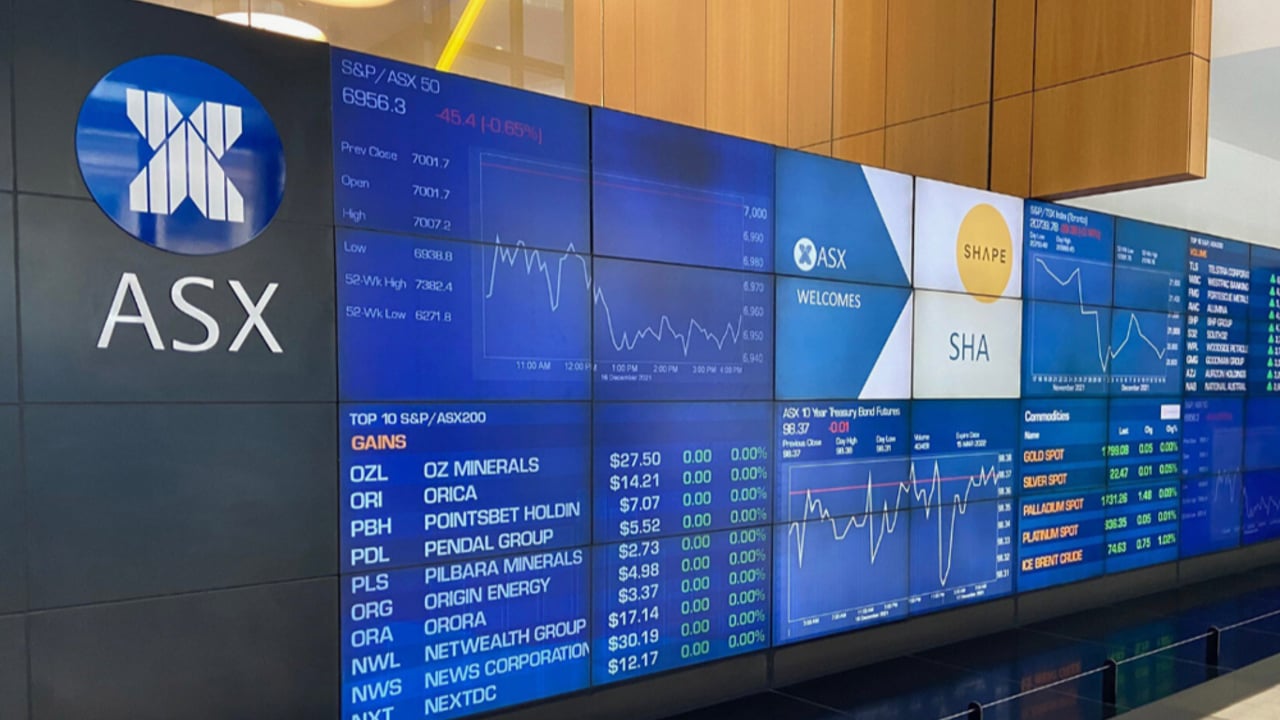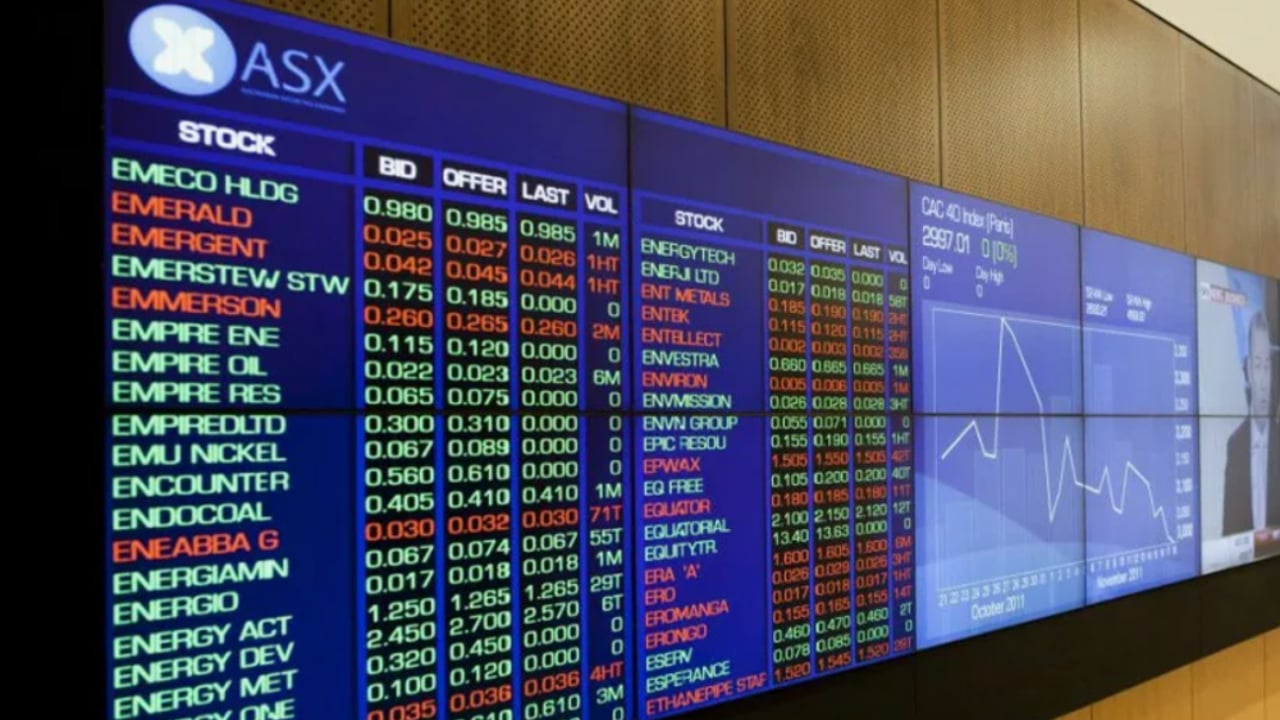Australia's stock market, which has been facing a downturn in initial public offerings (IPOs) over the past two years, is on the brink of a significant change. The proposed reform involves introducing a two-class stock trading system, a structure that is already popular on global platforms such as the New York Stock Exchange (NYSE) and the London Stock Exchange (LSE). However, this initiative by the Australian Stock Exchange (ASX) has sparked heated debates among market participants.
ASX's Ambitious Goals
ASX is considering the introduction of dual-class shares as a means to boost its competitiveness and attract new firms to list. This structure allows companies to issue two types of shares: one with enhanced voting rights held by the founders, and another with limited rights for the remaining shareholders. This setup can be a tool for founders to retain strategic control while still opening the company to public investment.
This model is already in use by tech giants on other exchanges. For instance, Google (now Alphabet) and Meta Platforms have effectively maintained their direction thanks to the dual-class share structure. These examples highlight the potential effectiveness of this system for managing long-term strategic goals. Nevertheless, in Australia, the adoption of this approach is meeting with more significant resistance.
The History of ASX's Reform Attempts
The idea of dual-class shares is not new to ASX. Back in 2007, the exchange contemplated this possibility but stepped back due to considerable investor opposition. The primary concern was that such structures might disturb the balance of interests between company founders and other shareholders.
Since then, the global stock market landscape has evolved. Today, ASX emphasizes the importance of reforming its rules to align with international standards and address the decline in new listings.
Advantages and Risks of the New Structure
- Founders can execute long-term goals without succumbing to short-term market pressures.
- Companies can attract capital without risking a loss of control.
- Attractive listing conditions could draw in promising companies.
What are investors worried about?
The main objection lies in the fact that shareholders with fewer voting rights might suffer from limited influence on company management. This raises the risk of conflicts of interest between founders and investors. Trust issues also arise, as investors often prefer equal voting rights as a fundamental principle of corporate governance.
International Precedents
To understand the potential implications for ASX, it's beneficial to look at the experiences of foreign exchanges that have already embraced such structures:
1. NYSE: Dual-class structures are widely used by large tech companies like Tesla, Snap, and Alphabet, contributing to IPO inflow and increased market liquidity.
2. LSE: The London Stock Exchange has also adopted this mechanism, particularly to attract new tech startups.
3. Hong Kong Stock Exchange (HKEX): In recent years, it has become one of the most competitive exchanges in Asia by allowing dual-class shares, boosting the tech sector.
While international experience shows advantages for IPO growth, questions remain about how well this structure can adapt to the unique environment of the Australian Stock Exchange.
Three Key Factors for Decision Making
The success or failure of integrating dual-class shares into ASX hinges on several critical factors:
1. Regulatory standards. The development of strict guidelines safeguarding minority shareholders' rights.
2. Investor trust levels. Without investor backing, the initiative risks being rendered obsolete.
3. Company transparency. Clear requirements for disclosing key data are essential.
Impact of the Reform on Australia's IPO Market
Revitalizing the Australian market will depend on the success of this reform. A two-year pause in major listings and waning company interest in IPOs have led to disappointing results. In the face of stiff competition from the Hong Kong and Singapore exchanges, ASX must adapt to reclaim its former lure.
Global Trends vs National Peculiarities
Despite active reforms on global markets, implementing dual-class shares at ASX may not be seamless. Achieving a balance among the interests of founders, investors, and brokers will require creating a unique regulatory system. The Australian Stock Exchange finds itself at a crossroads: to align with the demands of the times or to once again defer reform.
The outcome of ASX's decision on introducing dual-class stock trading will mark a significant milestone not only for the Australian stock market but also for the global economy. Before enacting the reform, it must prove its viability and convince market participants of the fairness of the new conditions.









This proposed reform could be a game changer for Australia’s IPO landscape, but it’s essential to consider its long-term impacts on investor confidence.
Such transformative decisions are propelling the capital forward, breaking new ground in technological advancement.